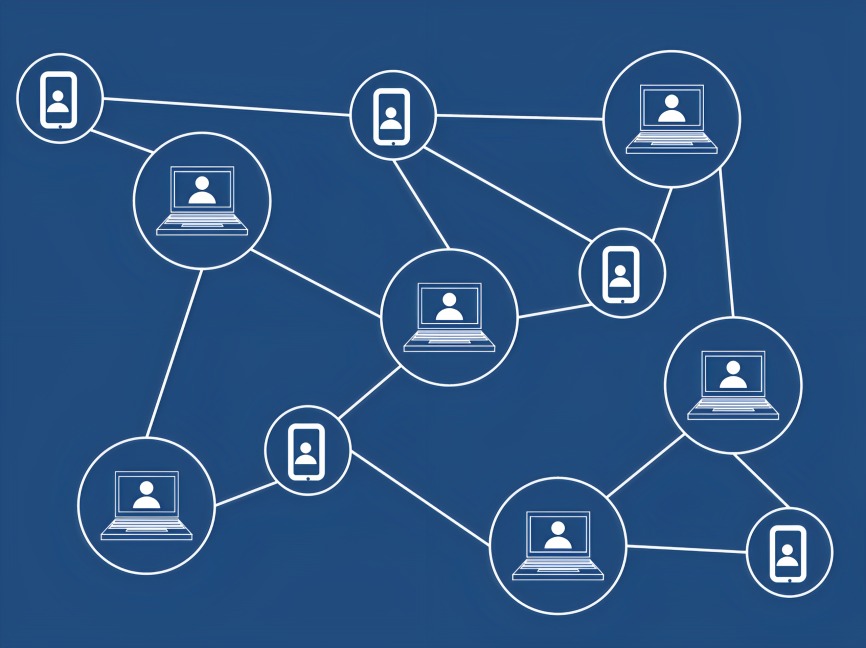Blockchain technology has gained significant attention and recognition in recent years due to its potential to revolutionize various industries. While most commonly associated with cryptocurrencies like Bitcoin, blockchain technology offers a wide range of applications beyond finance.
One such area is education, where blockchain has the potential to transform traditional systems and bring about significant improvements. In this blog, we will explore the role of blockchain technology in education and how it can benefit students, educators, and educational institutions.
Enhanced Data Security and Privacy
One of the primary advantages of blockchain technology in education is its ability to provide enhanced data security and privacy. Traditional educational systems often rely on centralized databases, which are susceptible to data breaches and manipulation. Blockchain, on the other hand, offers a decentralized and immutable ledger where data can be securely stored and accessed.
With blockchain, student records, transcripts, and other important documents can be securely stored and encrypted. Each entry or transaction in the blockchain is linked to the previous one, forming a chain of blocks, making it nearly impossible for anyone to alter or tamper with the data. This ensures the integrity and authenticity of student information, protecting it from unauthorized access and ensuring privacy.
Blockchain Technology: Verified Credentials and Certifications
Another significant role of blockchain technology in education is the verification of credentials and certifications. Traditional paper-based certificates and diplomas can be easily forged or manipulated, leading to issues of credibility and trust. Blockchain offers a solution by providing a decentralized and tamper-proof platform for verifying educational credentials.
By issuing digital certificates on the blockchain, educational institutions can ensure that the credentials are authentic and verifiable. Each certificate can be uniquely linked to a student’s digital identity and stored on the blockchain.
This allows employers, universities, and other entities to easily verify the authenticity of the credentials without relying on intermediaries or third-party verification services. As a result, the hiring process becomes more streamlined and efficient, reducing the risk of fraudulent credentials.

Streamlined Data Management and Sharing
Blockchain technology can streamline the management and sharing of educational data, benefiting both students and educational institutions. Currently, students often face challenges when transferring their educational records between different institutions or when applying for scholarships or grants. The process is often time-consuming, paper-based, and prone to errors.
With blockchain, students can have greater control over their educational data. They can securely store their academic achievements, extracurricular activities, and other relevant information on the blockchain.
When applying to different institutions or seeking opportunities, they can grant access to specific parts of their data to relevant parties, ensuring transparency and accuracy. This eliminates the need for repetitive paperwork and reduces administrative burdens for both students and educational institutions.
Efficient and Transparent Payment Systems
Blockchain technology also offers the potential to improve payment systems in education. Traditional payment processes, such as tuition fees, often involve multiple intermediaries, resulting in delays, high transaction costs, and a lack of transparency.
By implementing blockchain-based payment systems, educational institutions can streamline financial transactions, reduce costs, and increase transparency.
With blockchain, payments can be securely processed and recorded on the decentralized ledger. This eliminates the need for intermediaries and reduces transaction fees. Additionally, students can track and verify their payments in real-time, ensuring transparency and preventing fraudulent activities.
Blockchain-based payment systems also have the potential to facilitate international payments, simplifying the process for international students and reducing currency conversion fees.
Research and Intellectual Property Protection
Blockchain technology can play a significant role in protecting intellectual property and facilitating research collaboration in the education sector. Researchers often face challenges when it comes to sharing their work and protecting their intellectual property rights. Blockchain provides a decentralized platform where researchers can securely share and protect their work, ensuring proper attribution and preventing plagiarism.
By leveraging smart contracts on the blockchain, researchers can establish clear ownership and licensing terms for their work. This enables transparent and traceable transactions, ensuring that proper credit is given to the original creators. Blockchain can also facilitate collaboration among researchers by providing a secure and transparent platform for sharing research findings, data sets, and scholarly publications.
Conclusion
Blockchain technology holds immense potential to transform the education sector by enhancing data security, verifying credentials, streamlining data management, improving payment systems, and protecting intellectual property.
As the technology continues to evolve and gain wider adoption, educational institutions need to embrace blockchain’s capabilities to unlock its full potential. By harnessing the power of blockchain, the education system can become more secure, transparent, efficient, and student-centered, ultimately benefiting all stakeholders involved.
